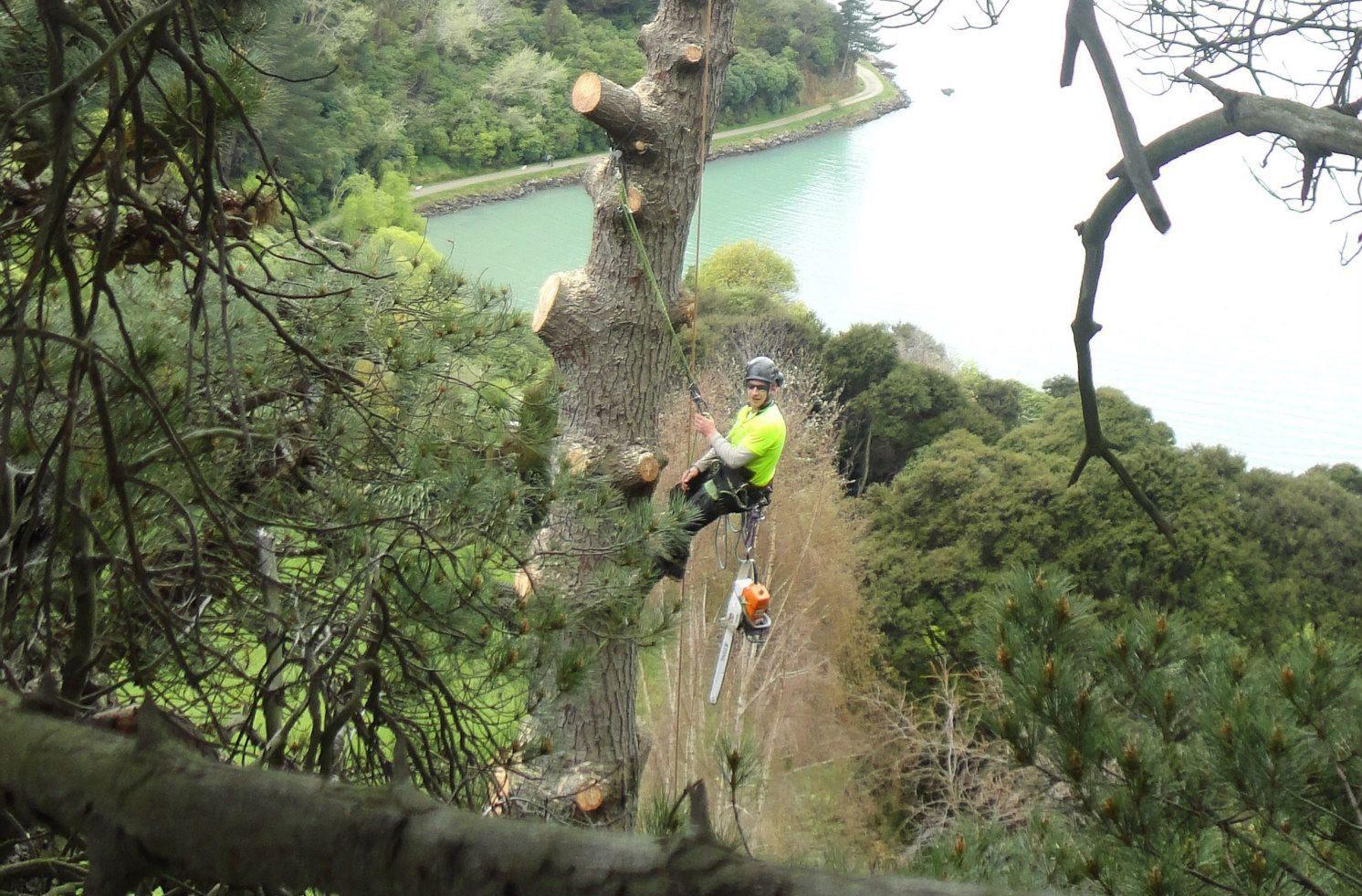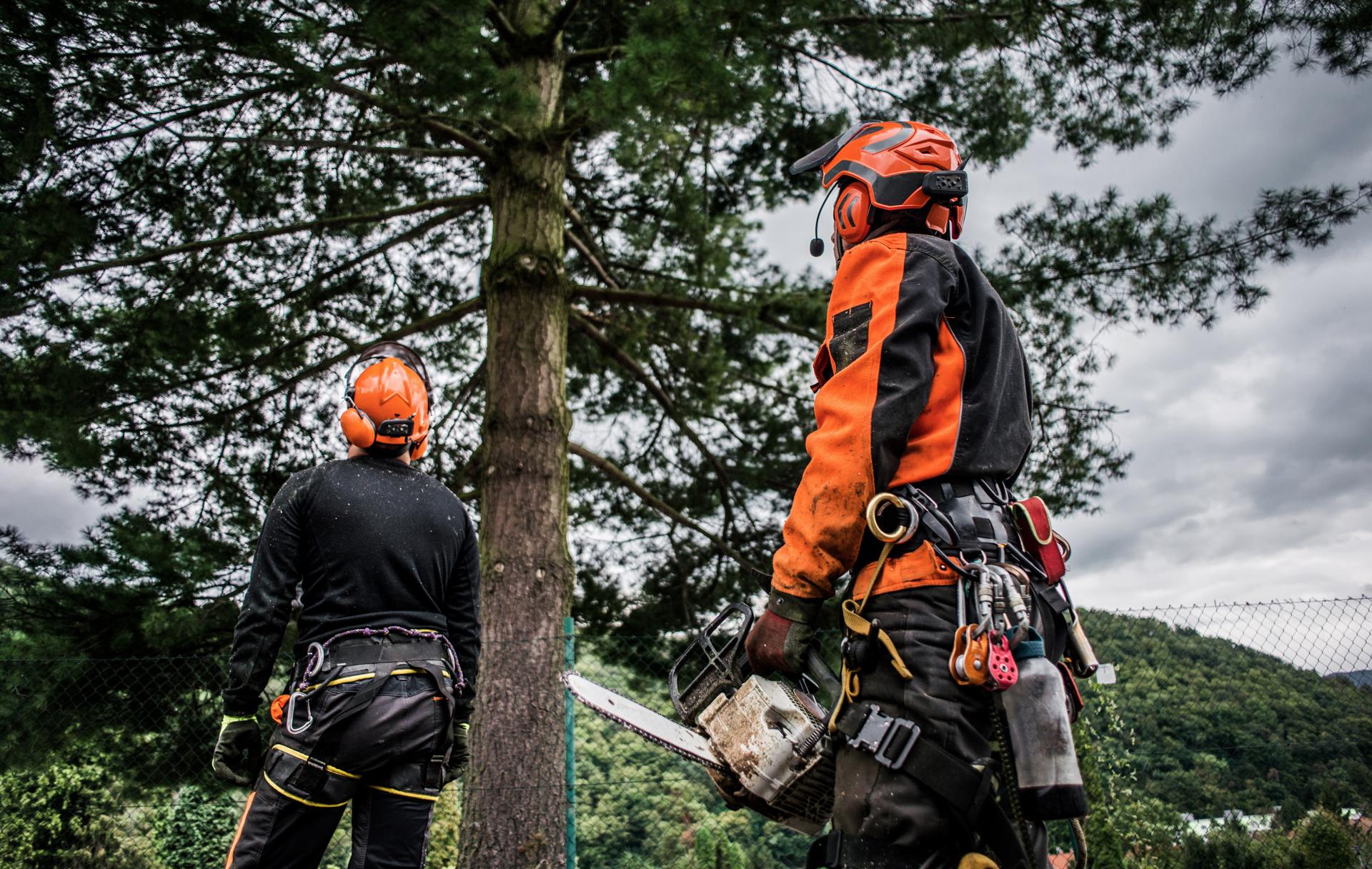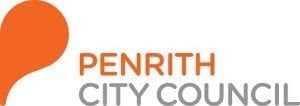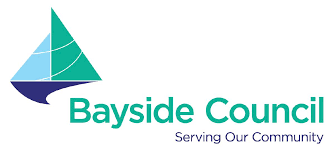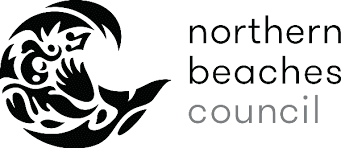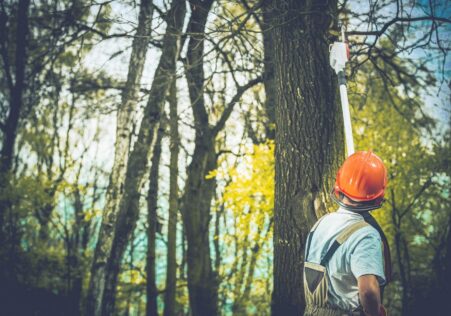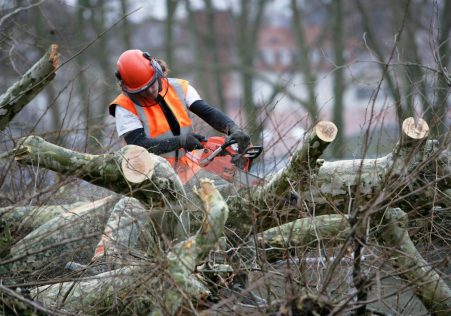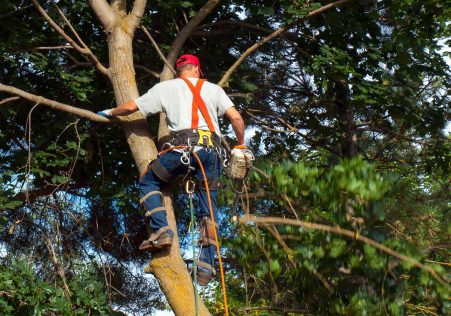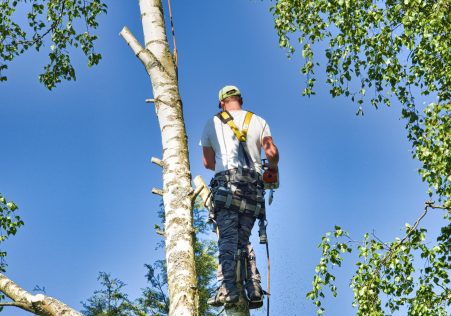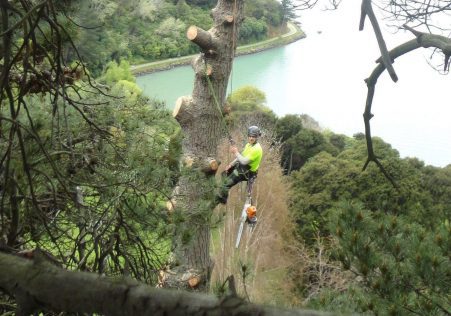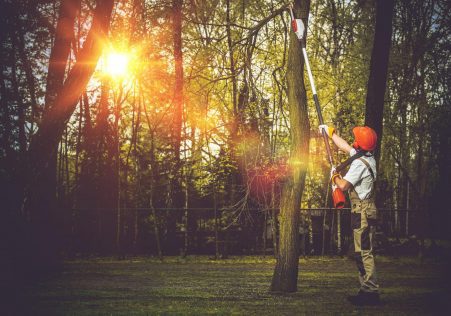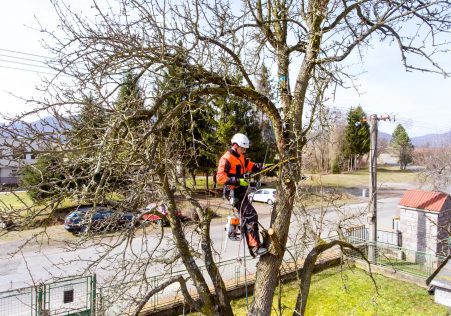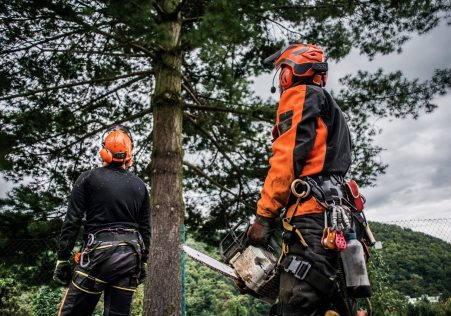Signs: When You Should Remove a Tree
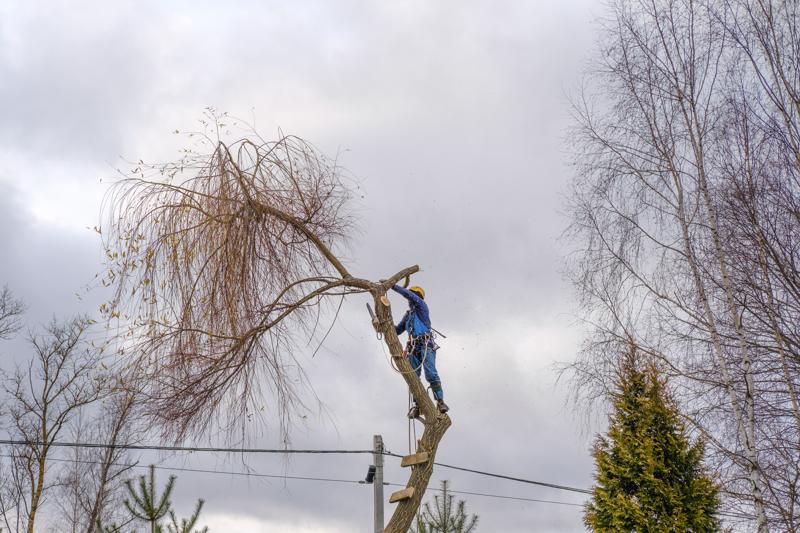
Tree removal can be a complicated and possibly dangerous job. If a tree is dead or diseased or is in danger to fall, the tree could need to be removed to avoid damage to the property and to make sure that the tree is safe. But how do you tell whether a tree should be cut down? We’ll guide you through the signs to look out for and help you decide when it’s time to call experts.
Dead or dying trees
One of the obvious signs that a tree needs to be removed is if it’s dead or dying. Dead trees lack leaves and may appear lifeless. If a tree doesn’t have leaves or evidence of growth, it’s likely dead. In addition, the bark of dead trees could be cracked, dry or peeling.
Diseased Trees
The trees that are sick could pose a danger to other trees and plants in the area. The most common signs of disease on trees are dying leaves, wilted or yellowed branches, and the growth of mushrooms at the root and the top. If you think your tree may be diseased It is essential to have it inspected by an arborist who is a professional.
Leaning Trees
TreesLeaning trees towards one side could indicate of a failing root structure, and the tree may be at risk of falling. To identify if a leaning tree is a danger, look for cracks or broken areas in the trunk and look into the soil at the tree’s base. If you notice any of these signs it is recommended to get the tree examined by an arborist.
Overhanging Branches
The branches of overhanging trees that are in close proximity to power lines or buildings can be a danger to safety and property. If you’re concerned about branches hanging overhanging, it’s best to get the tree assessed by an arborist who will determine whether removal or pruning is needed.
FAQs
How can I tell if a tree is dead?
The tree will be considered dead if it is without leaves and shows no signs of new growth. Additionally, the bark of a dead tree can be dry, cracked, or peeling.
What are the symptoms of a dying tree?
Common signs of illness in trees include yellowing leaves, wilted branches, and the growth of mushrooms at the base of the tree.
Can you safely remove a tree yourself?
Tree removal is a complex and potentially dangerous task. It’s best to leave it to the experts to protect yourself and others.
Conclusion
When you’re dealing with tree removal, it’s crucial to be able to recognize the indications that a tree needs to be cut down. If you are aware of signs of dead or dying trees, sick trees, leaning trees, and overhanging branches You can take action to protect your property and the people who live around you. If you think that the tree that is on your property needs to be removed, don’t hesitate to call Penrith Tree Services for a professional assessment. Our arborists are highly skilled and are equipped with the knowledge and experience to handle all the tree removal requirements. Do not risk your safety. If you suspect that a tree on your property must be removed, contact Penrith Tree Services today for a professional assessment. Our arborists are experienced and will provide you with the peace of mind which comes from knowing that your property is safe hands. Contact us today by dialing 0480 024 203 to schedule an appointment.

